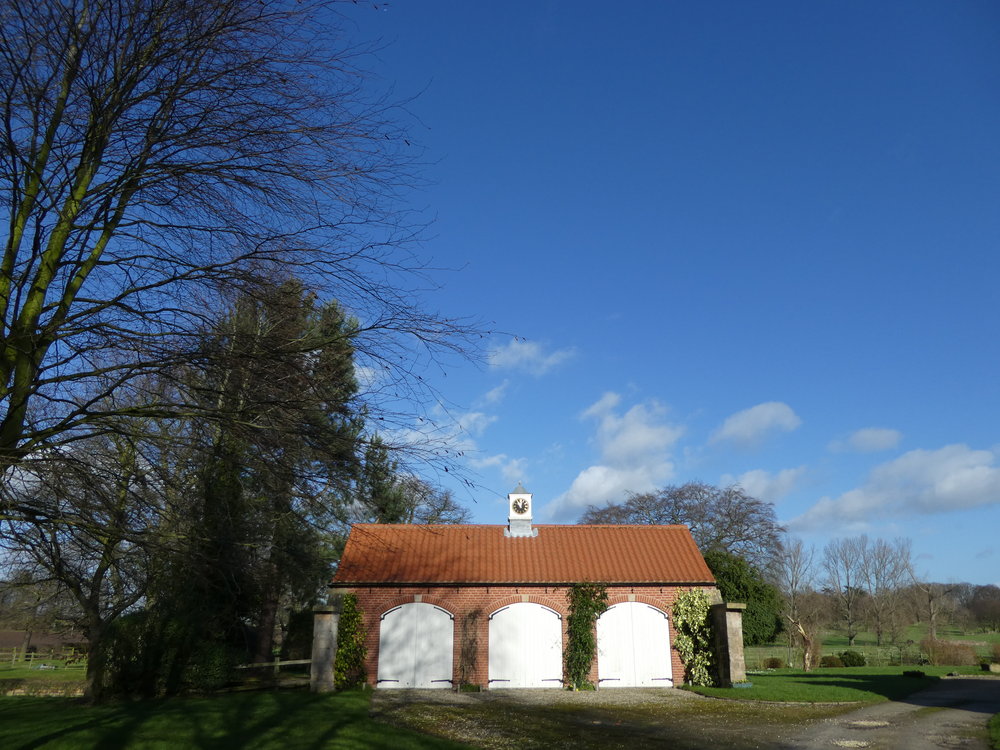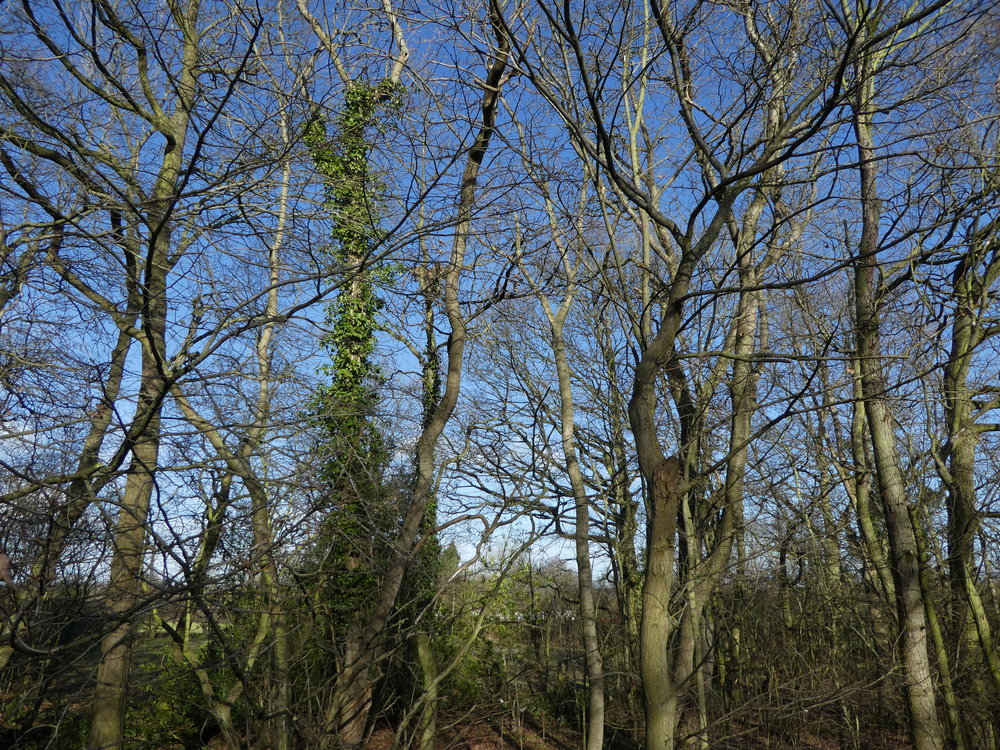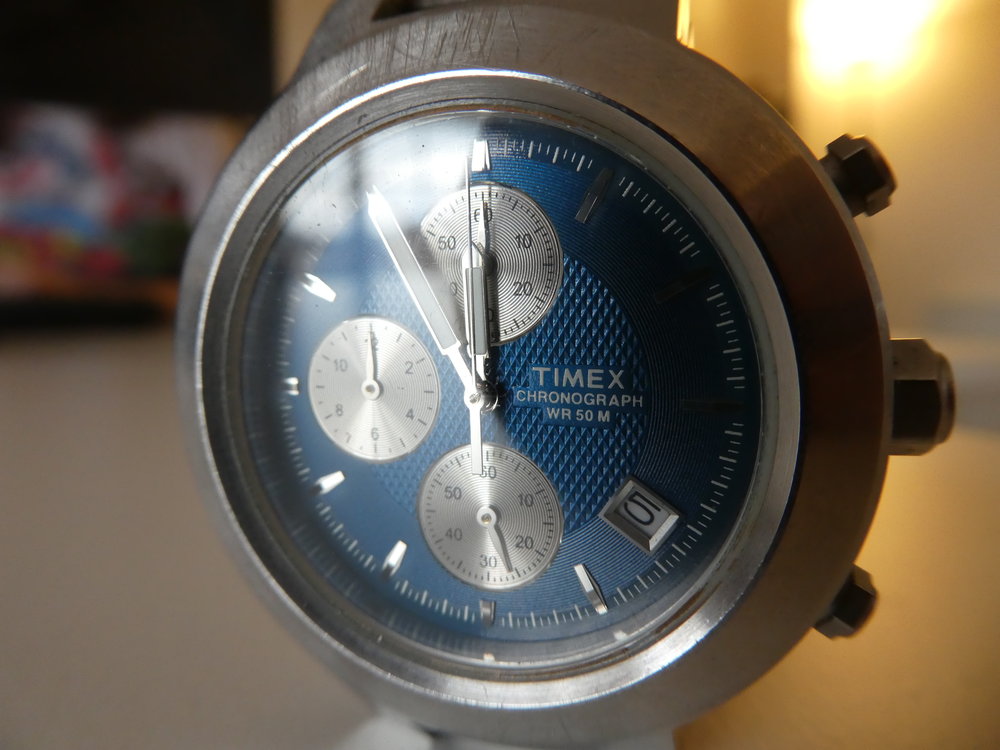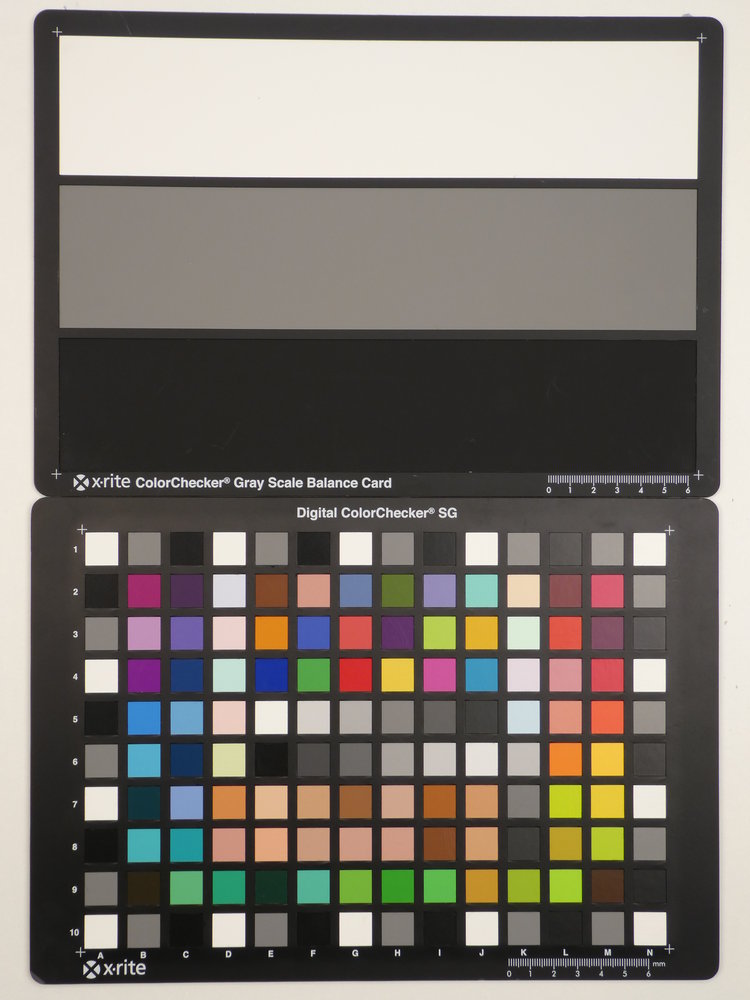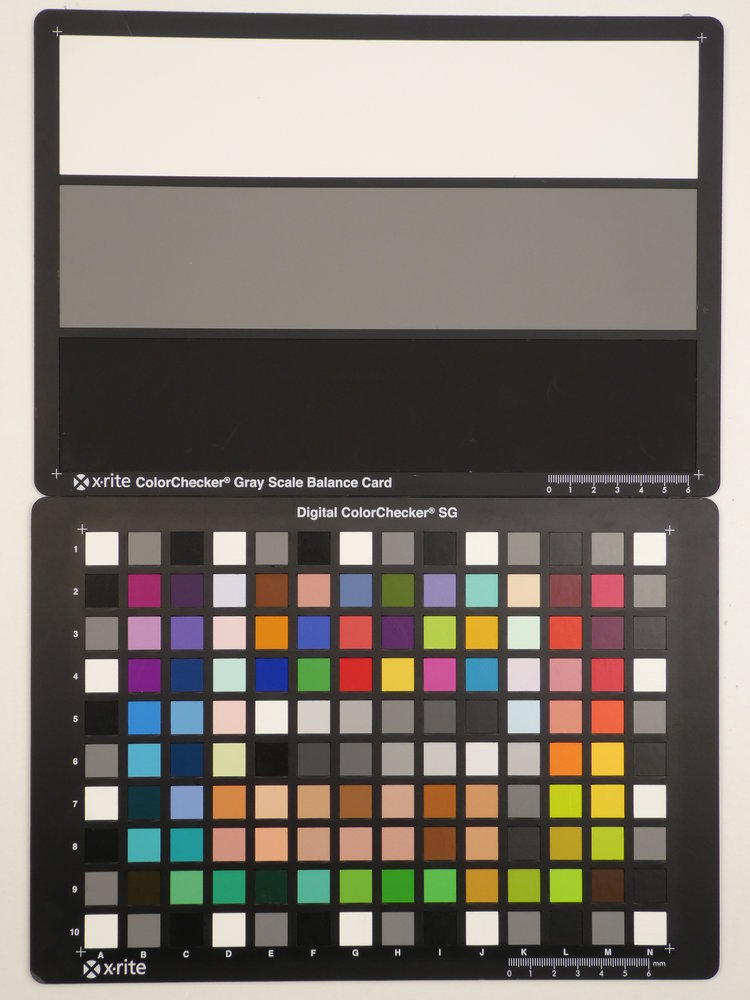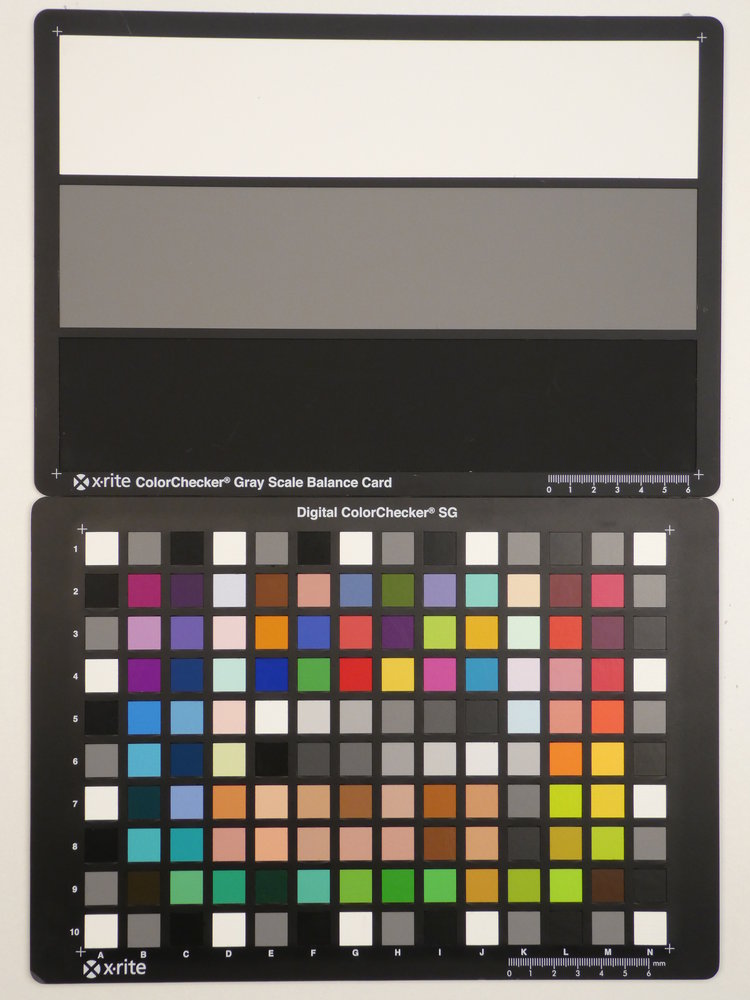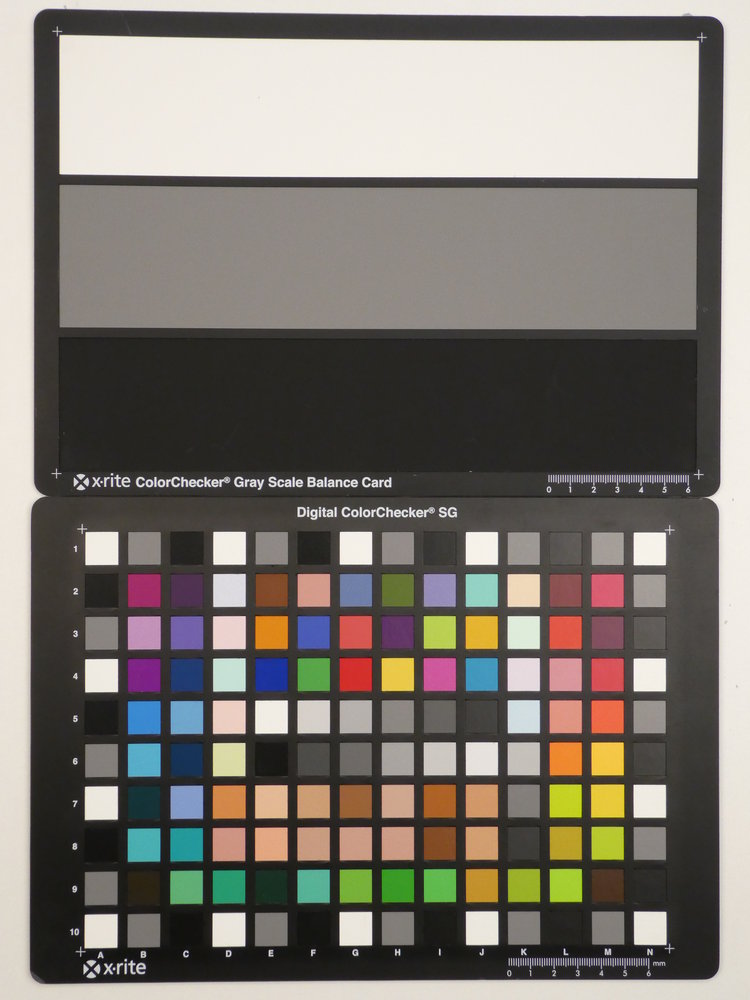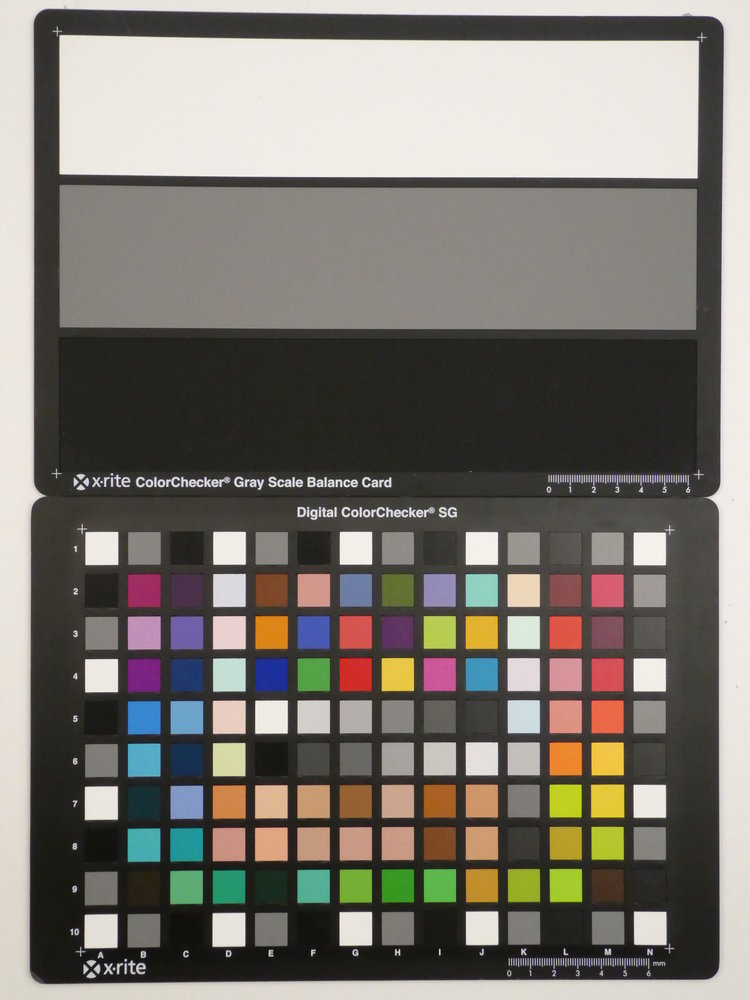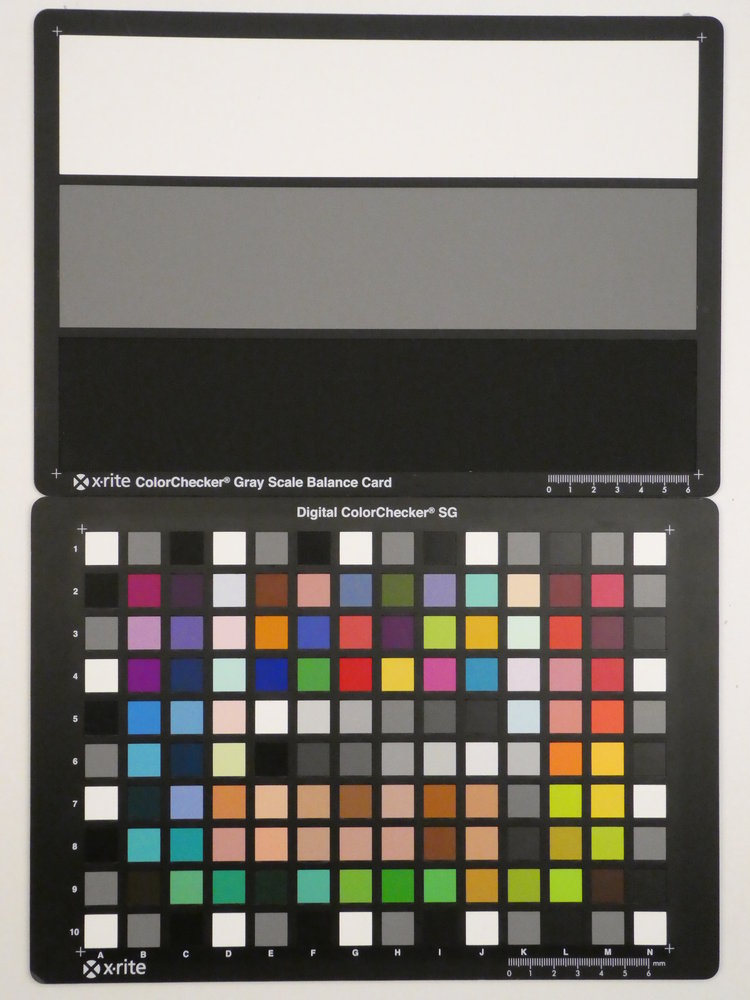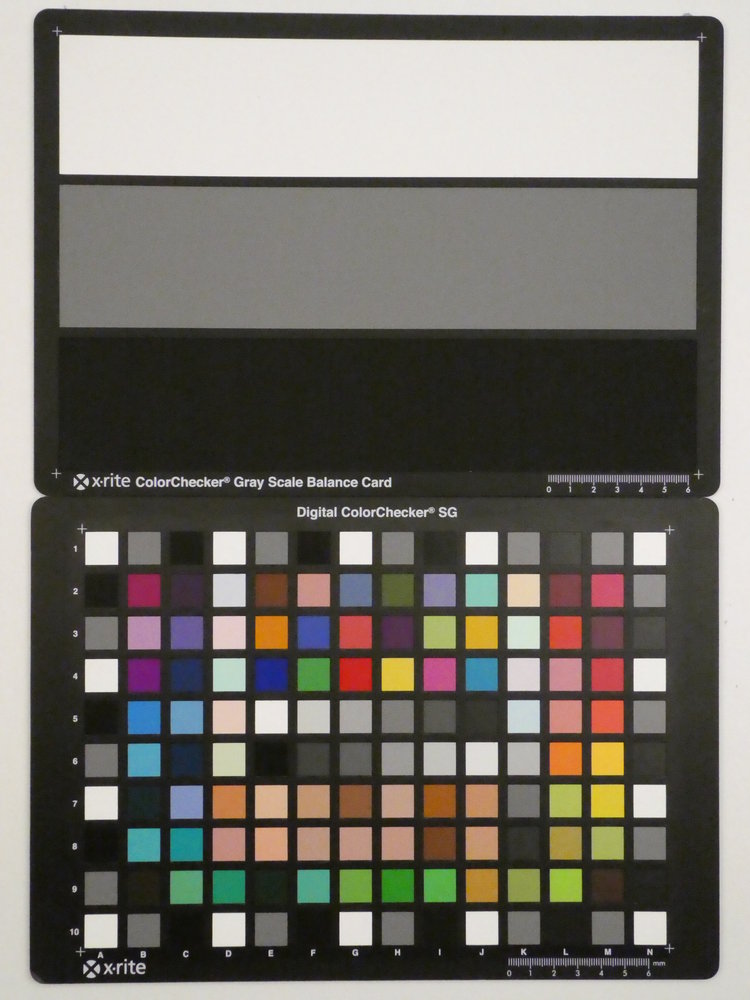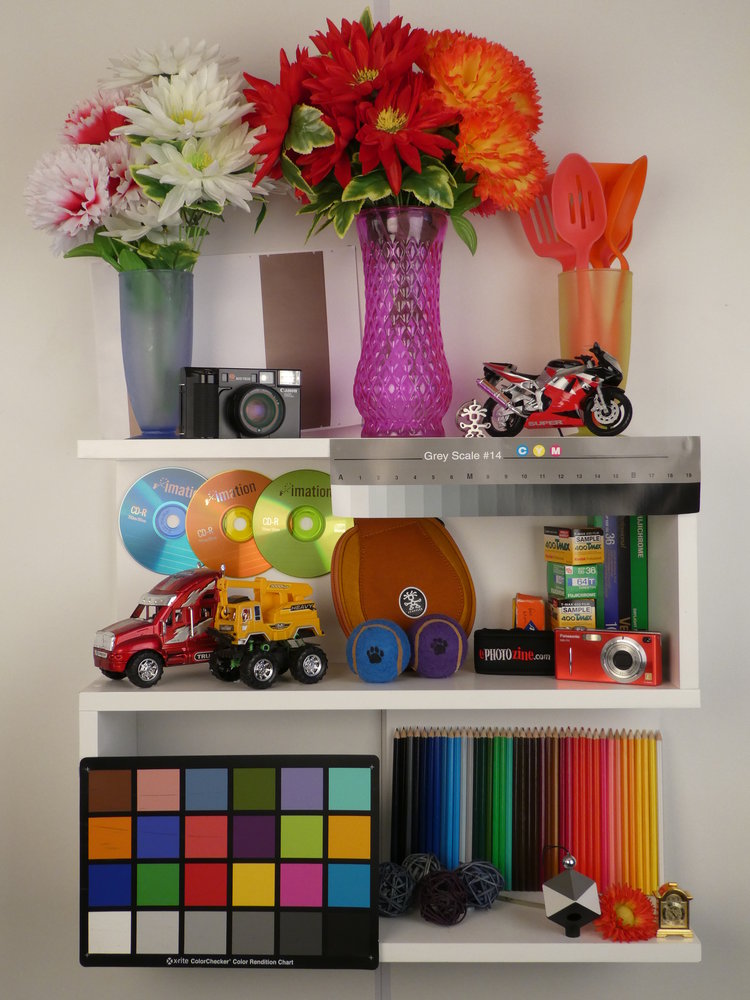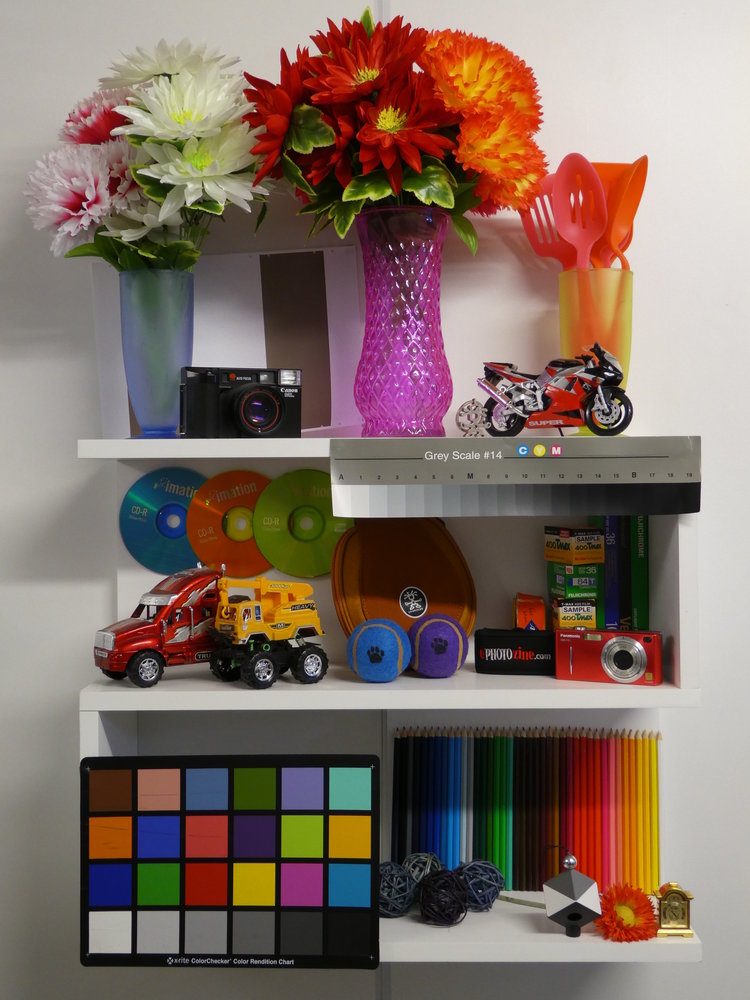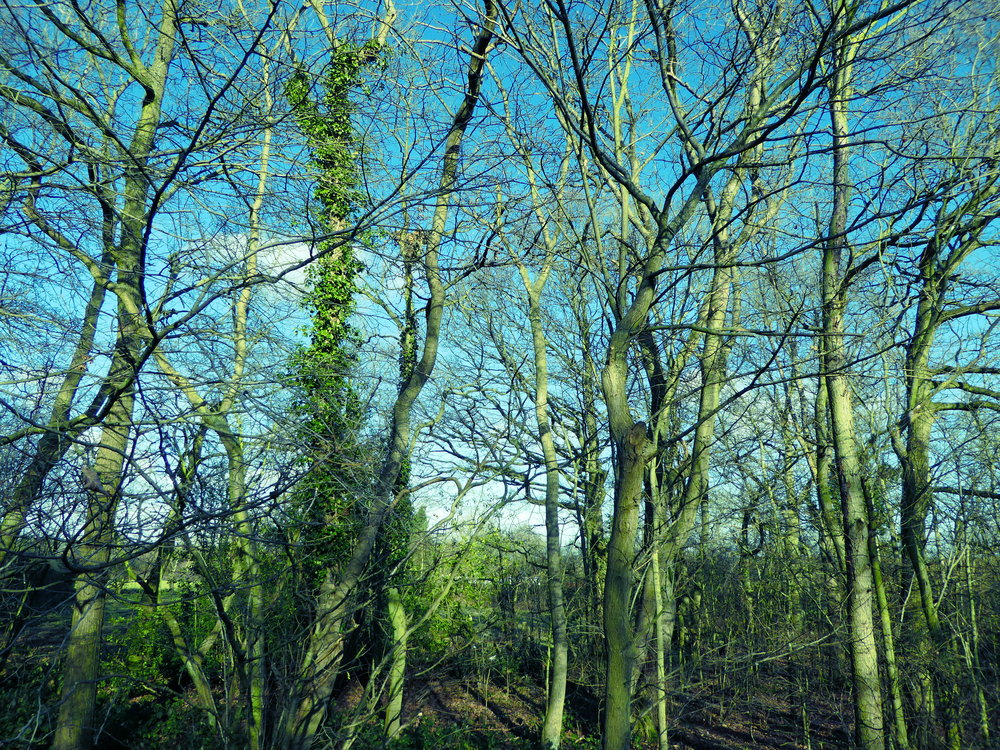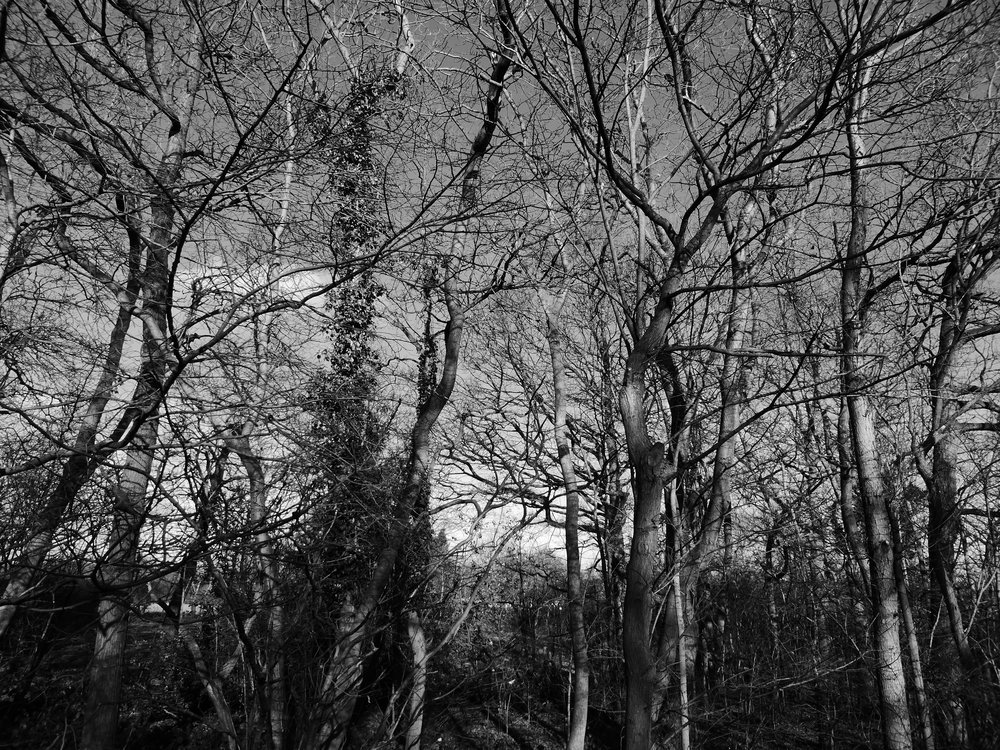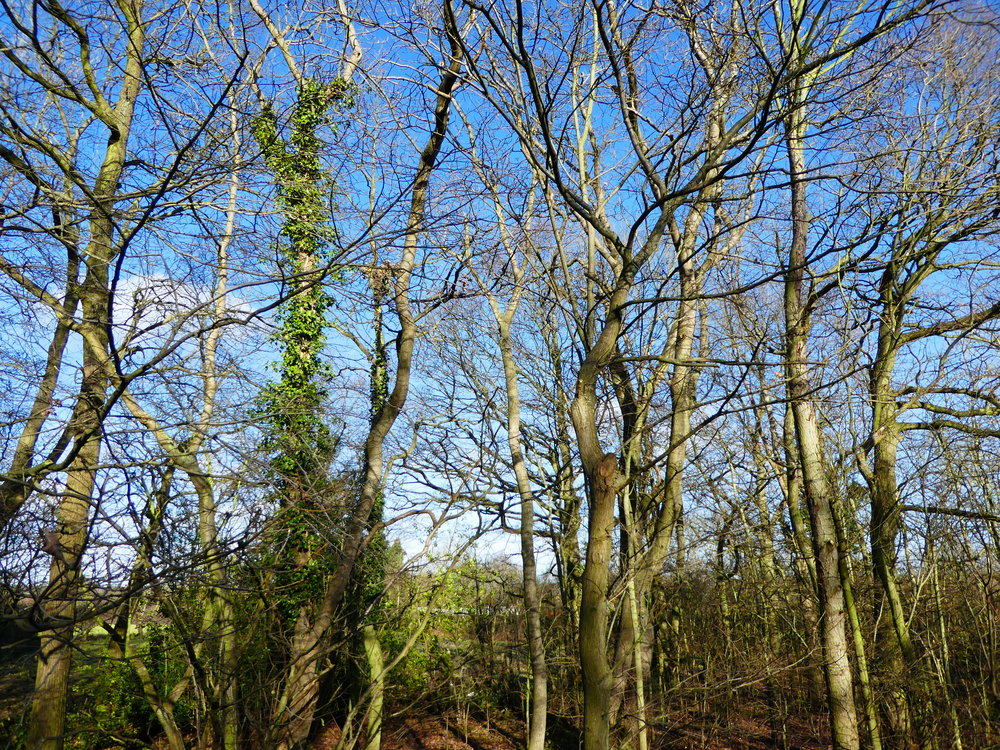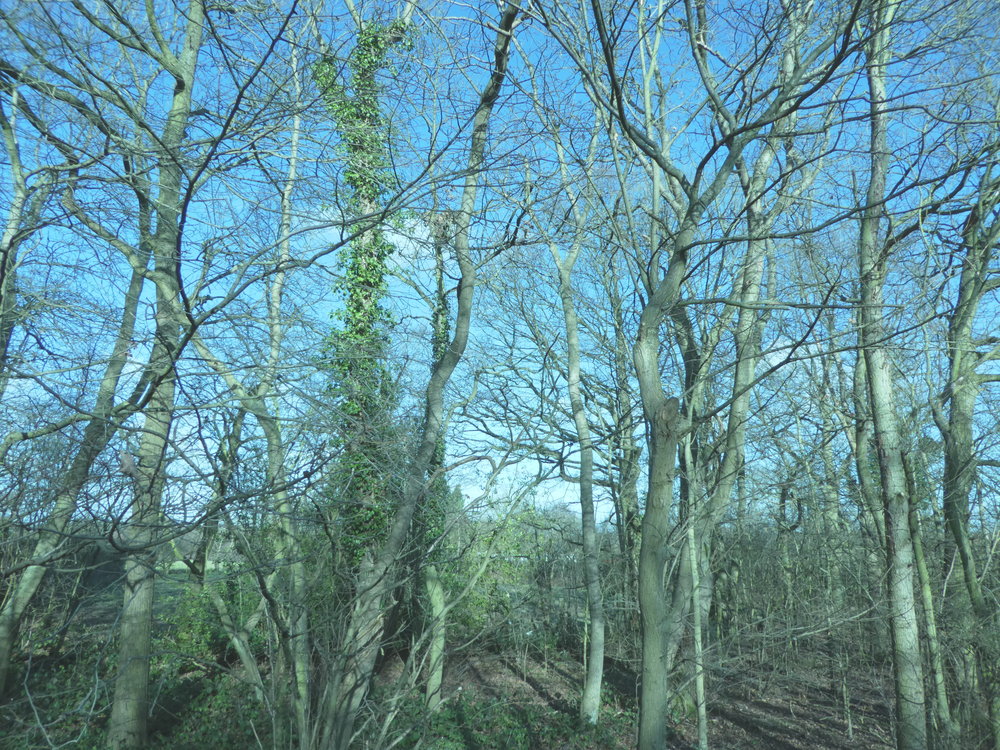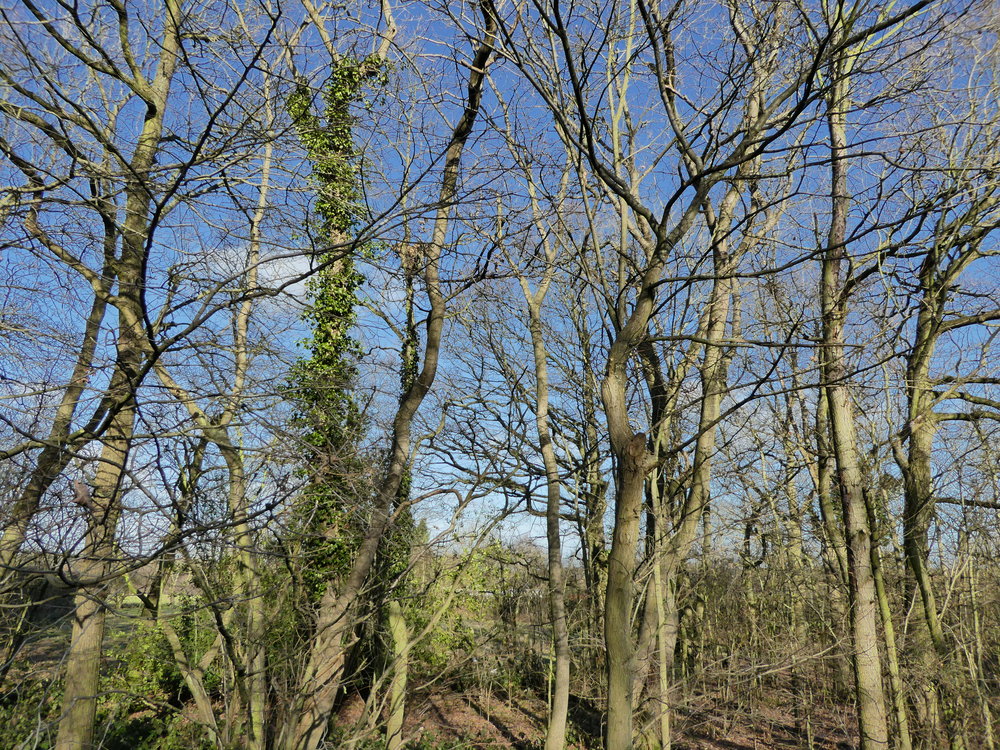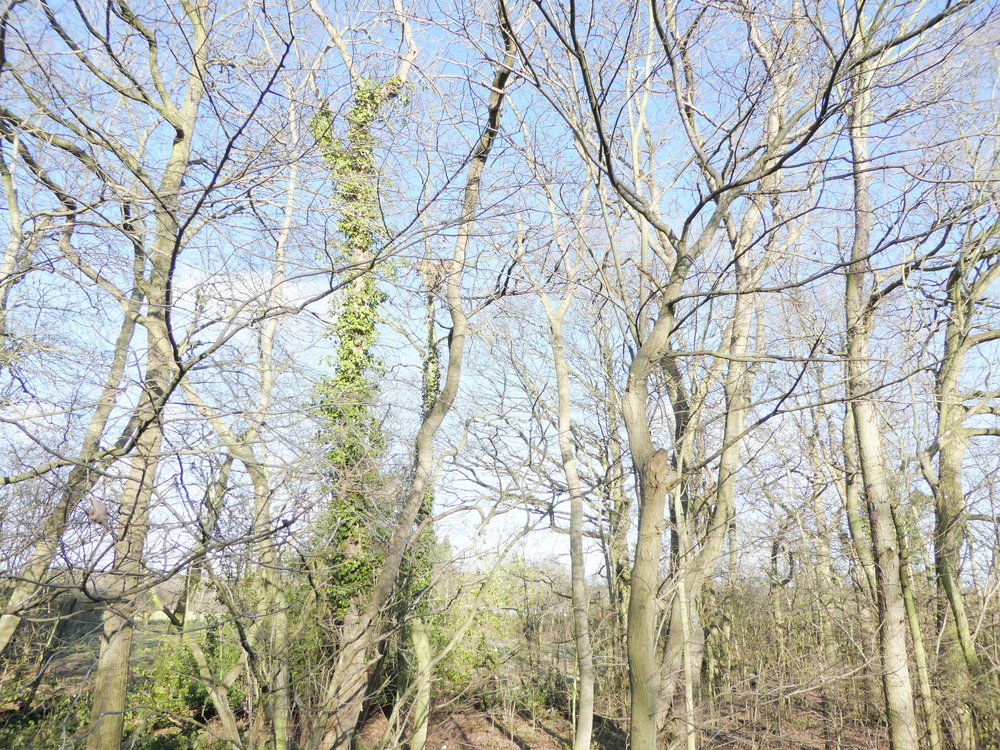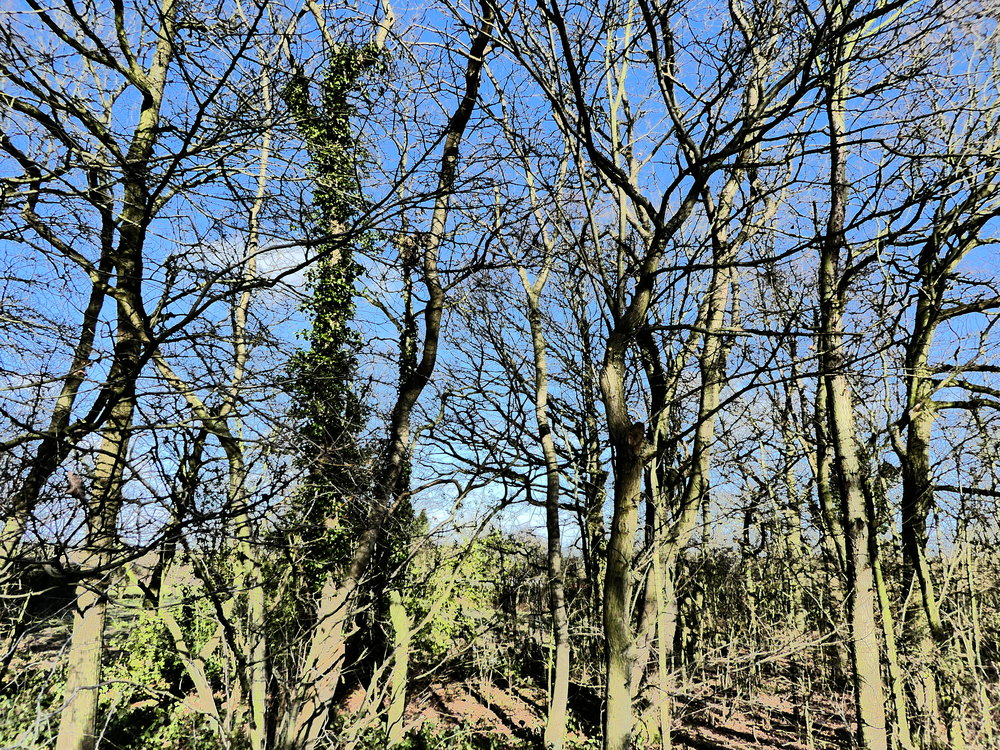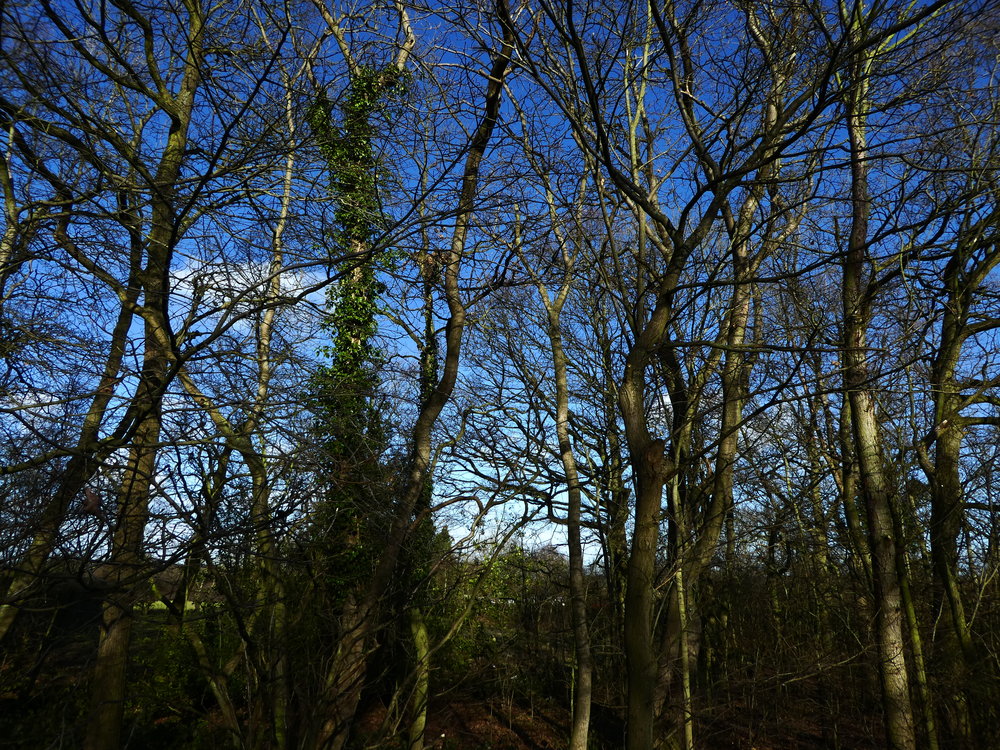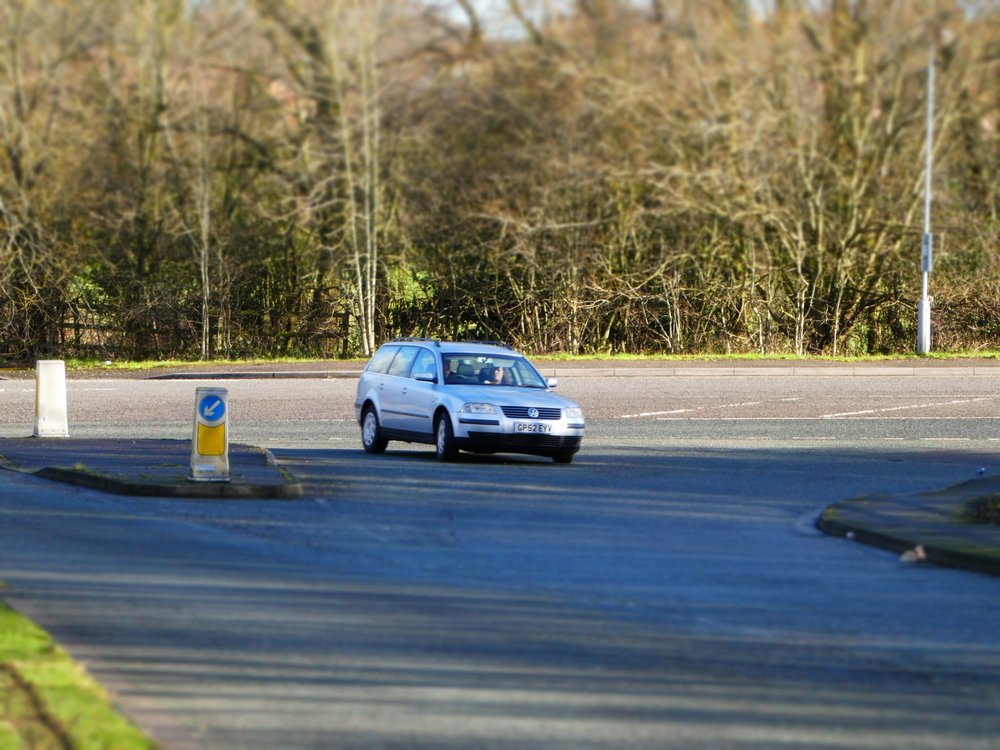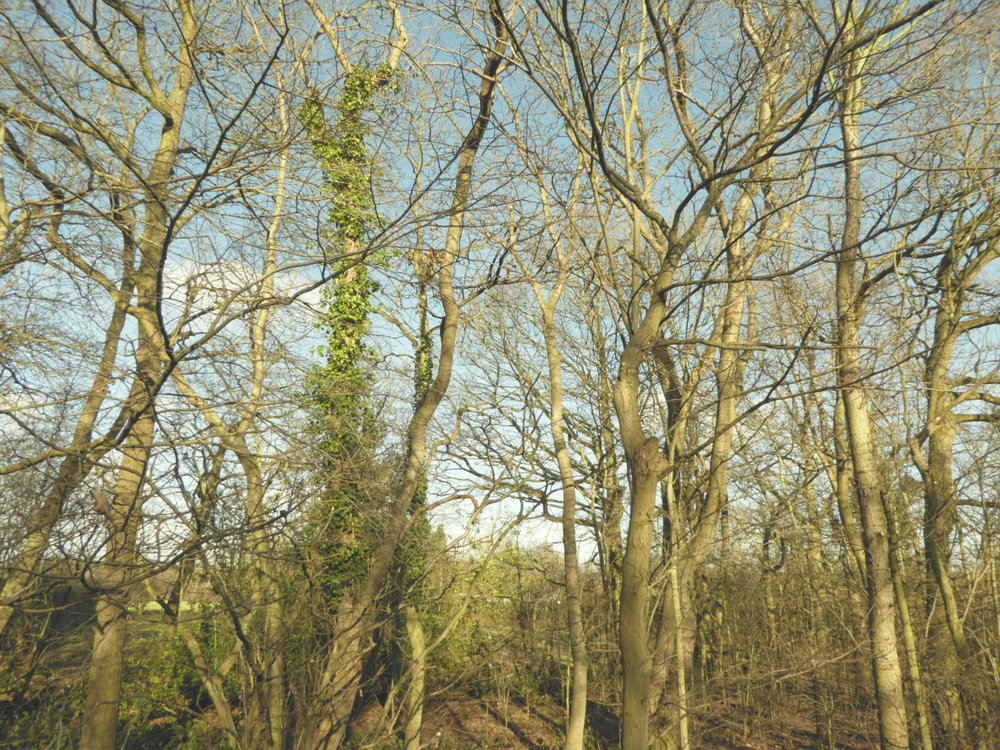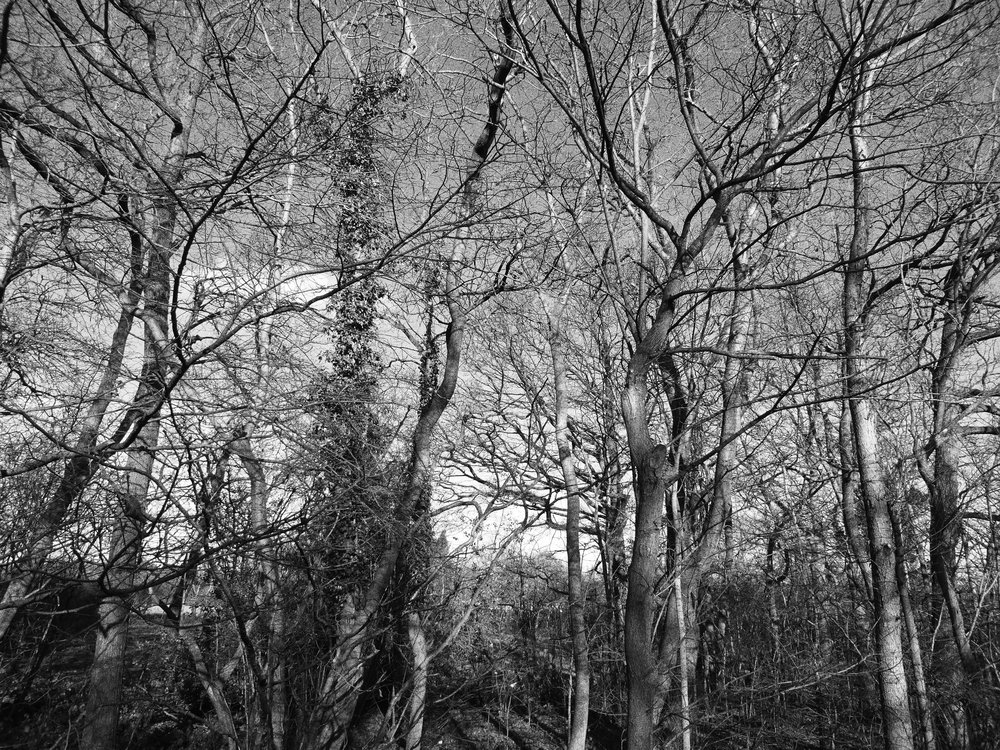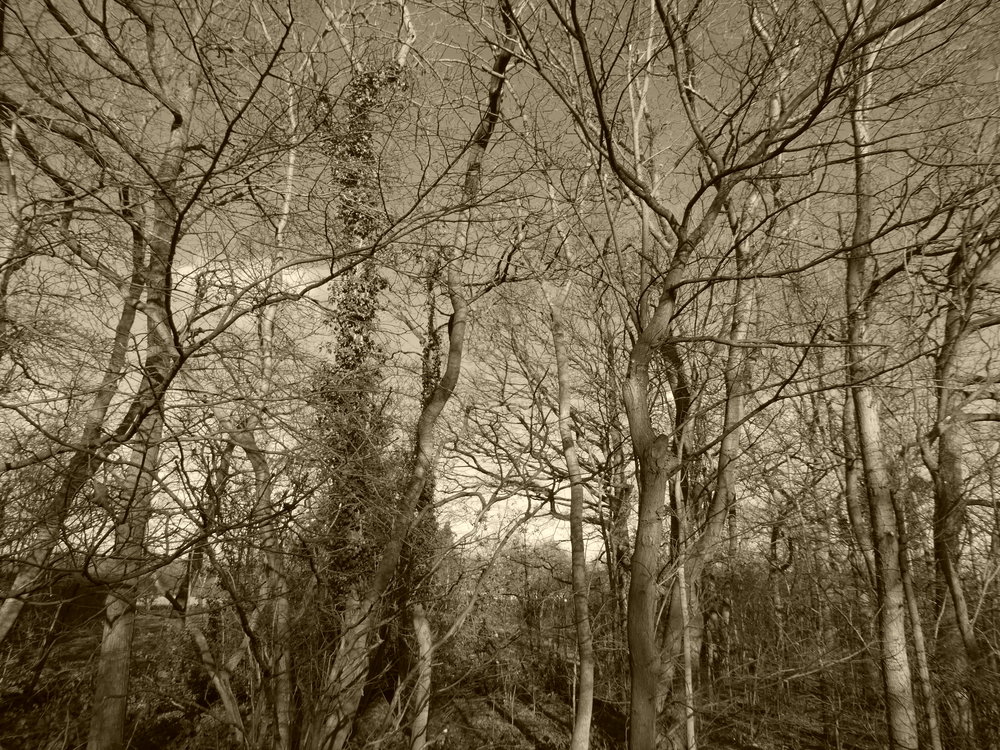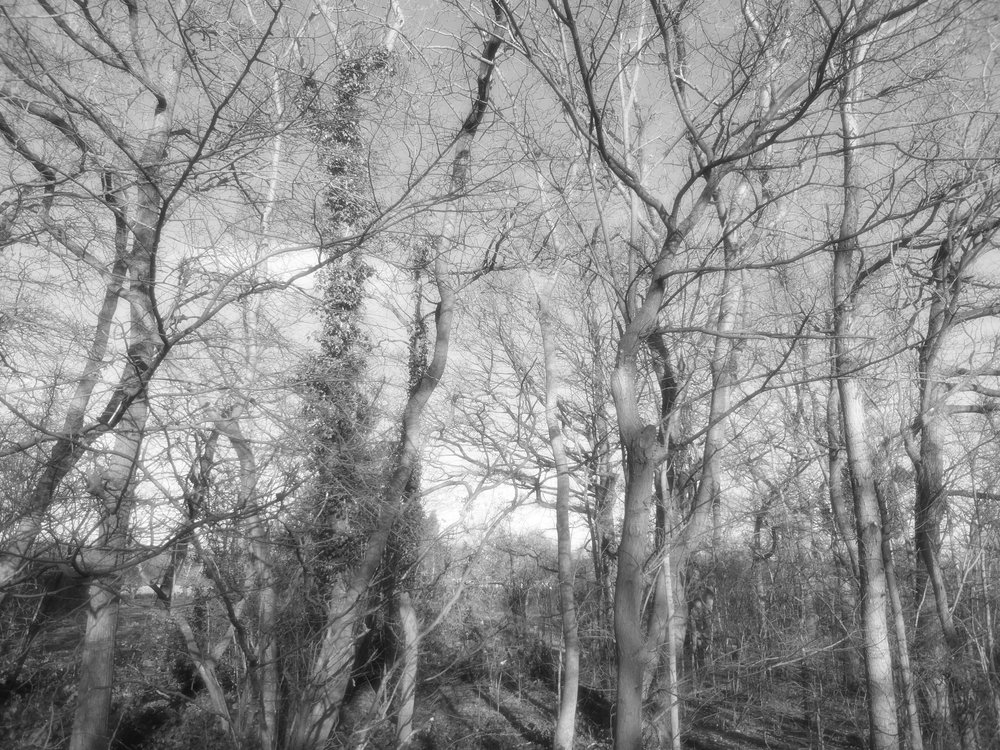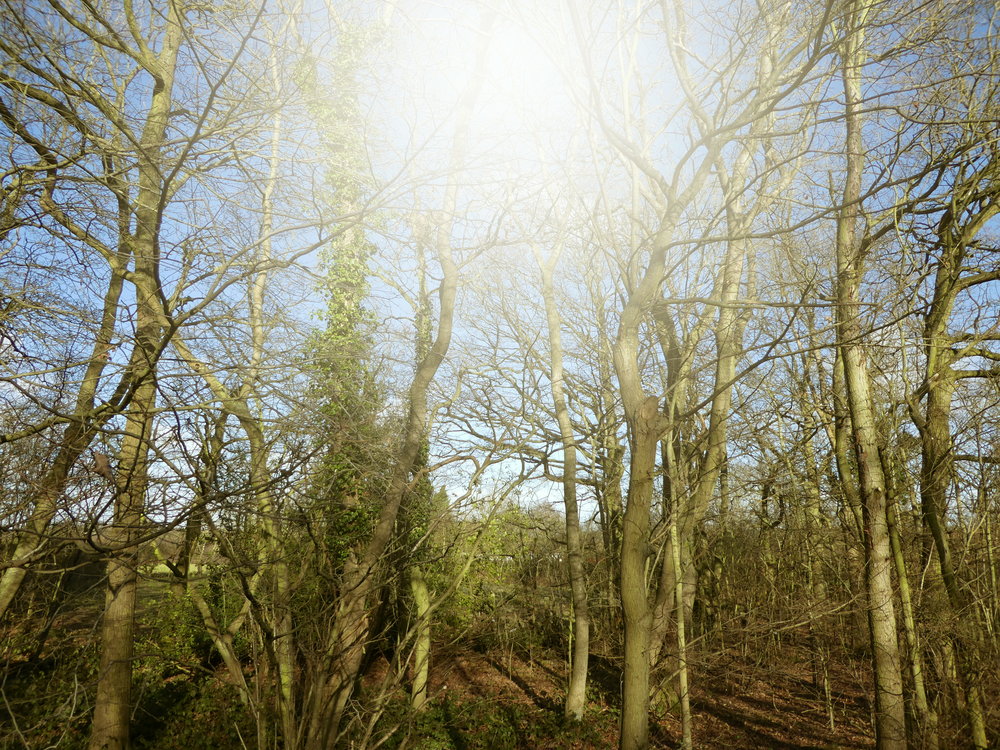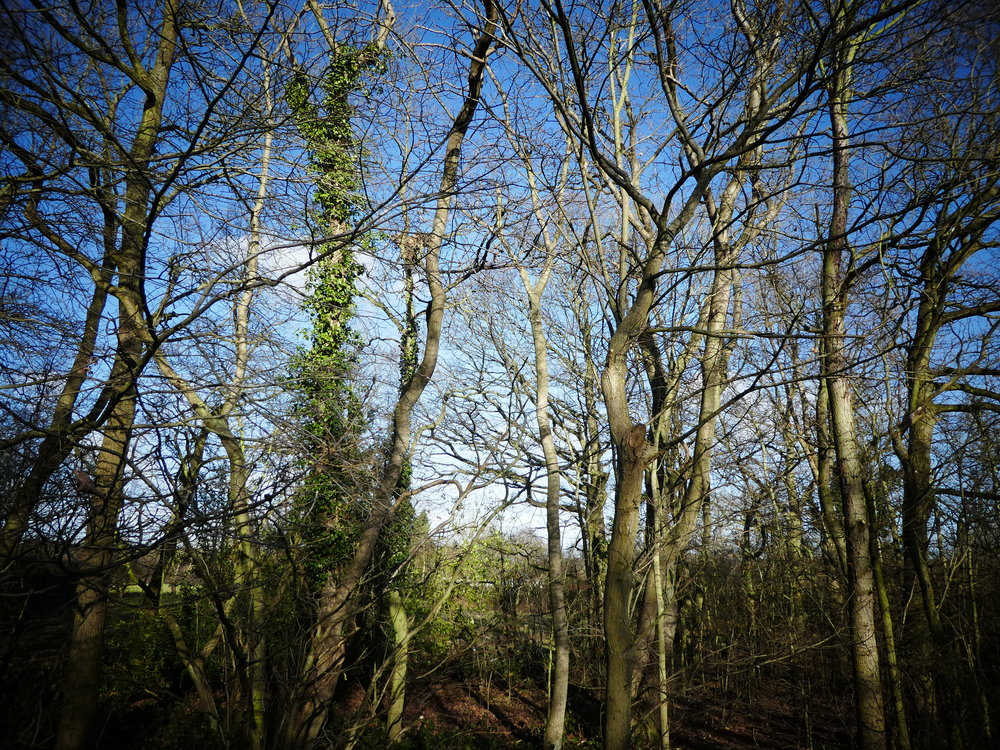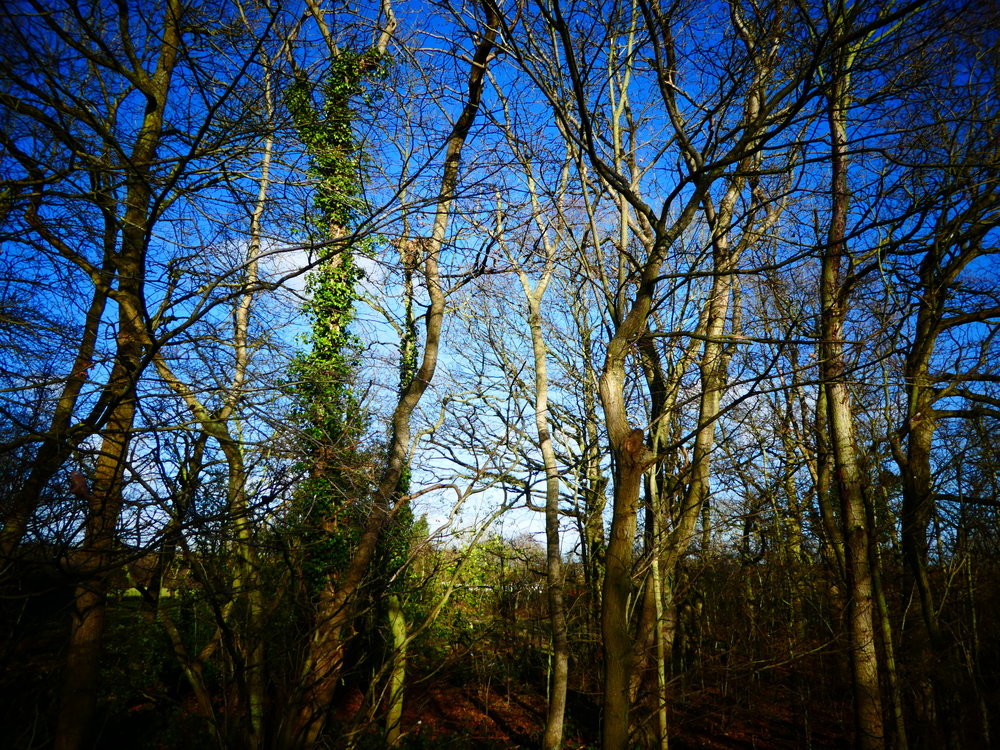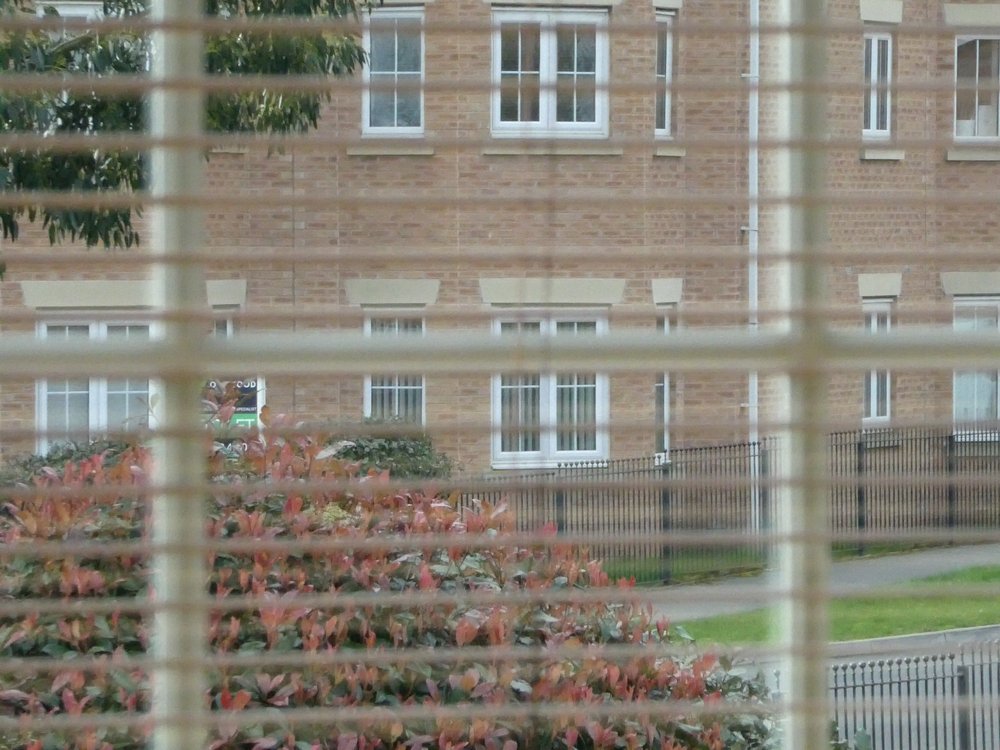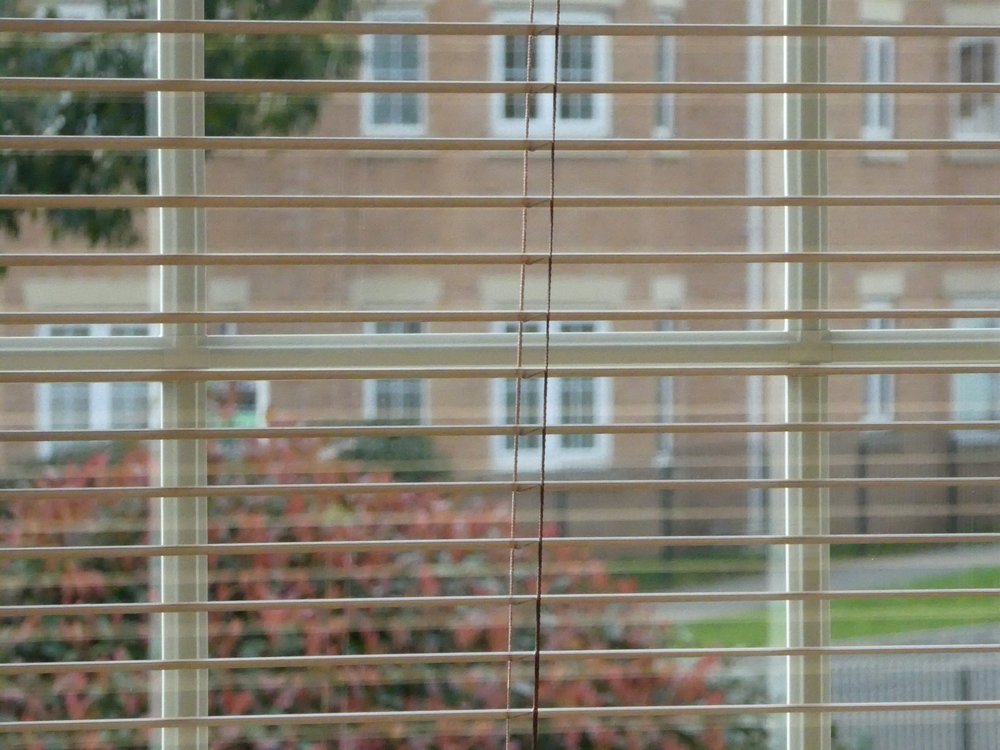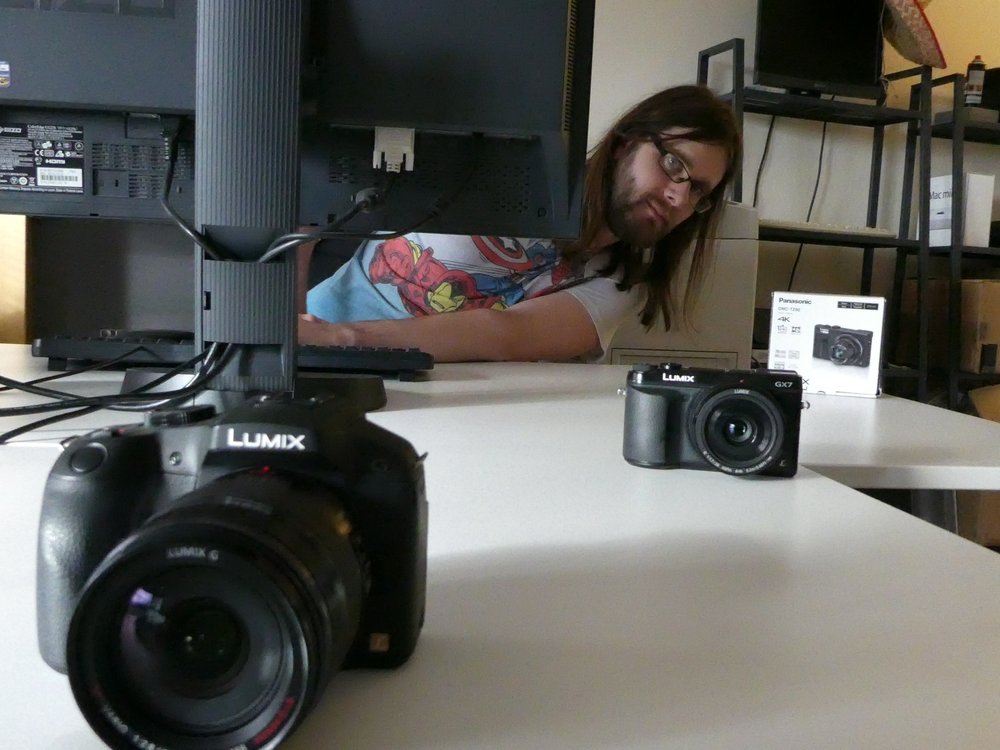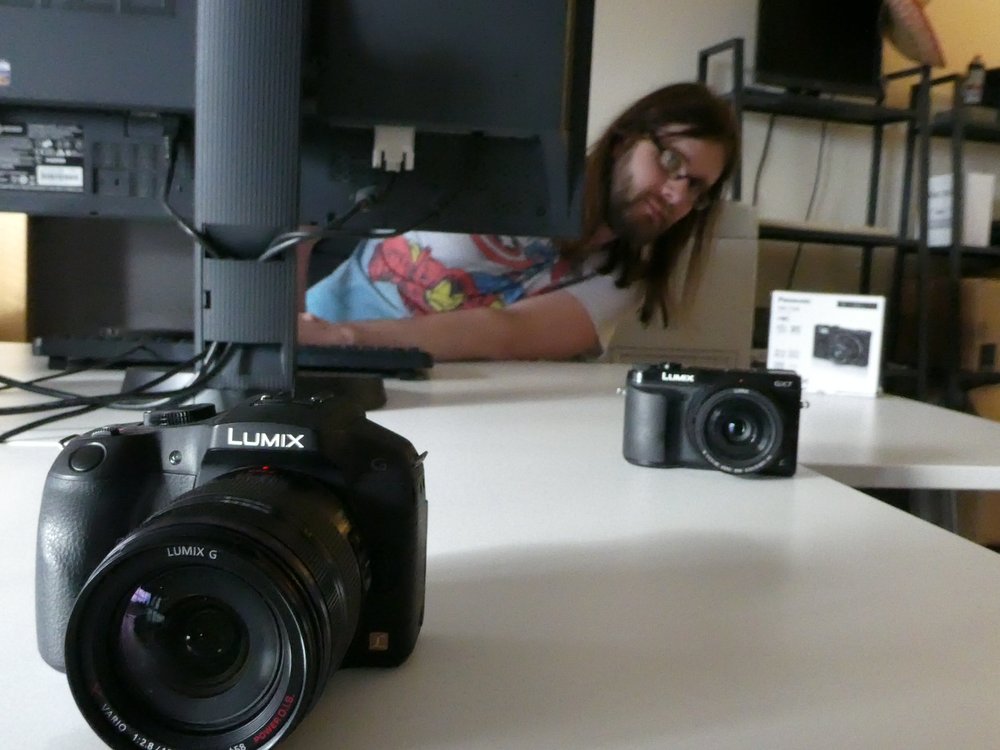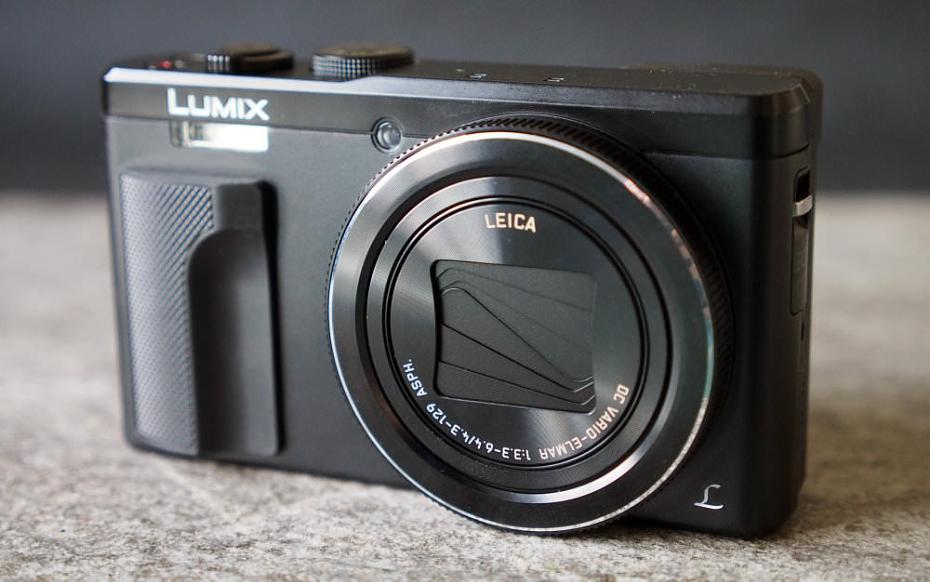
The Panasonic Lumix TZ80, also known as the Lumix SZ60, is an update to the TZ70, which is the number one seller in the Super Zoom Camera category, and the new TZ80 features a new 18 megapixel sensor, as well as the same 30x optical zoom lens, and electronic viewfinder. Panasonic has said that by using the latest sensor technology, they can give as good image quality as the TZ70 which has a 12 megapixel sensor, despite the higher pixel count.
The TZ80 is also the first compact camera with 4K video / photo / post focus, and as the sensor is larger than camcorder sensors, the camera is said to deliver better video quality. The Panasonic Lumix TZ80 will have a RRP of £359, and will be available to purchase mid February 2016.
Panasonic Lumix TZ80 (ZS60) Features

The key selling point of the "Travel Zoom" or "Pocket zoom" camera is the impressive range of the optical zoom lens, built into a camera that can fit into a trouser pocket. You no longer need a bulky ultra zoom or bridge camera to get an impressive zoom range. The Travel Zoom camera category was practically invented by Panasonic with the first Panasonic Lumix TZ1, which featured a 10x optical zoom lens, and was announced in February 2006, 10 years ago. The TZ80 is roughly the same size as the original, but now features a 30x optical zoom lens, 4K video recording, and a built in electronic viewfinder. In the UK, the "Lumix" name is well known and often people will refer to the camera range as a "Lumix" camera rather than saying Panasonic.
This is the third model with a 30x optical zoom camera, and we show the main differences between these below:
| TZ60 | TZ70 | TZ80 |
| 18mp | 12mp | 18mp |
| 3inch screen | 3inch screen | 3inch touch-screen |
| EVF (200K) | EVF (1160K) | EVF (1160K) |
| Wi-Fi / GPS / NFC | Wi-Fi / NFC | Wi-Fi |
| FullHD video | FullHD video | 4K video (and photo) |
| 300 shot battery life | 300 | 320 |
The TZ80 features the same 30x optical zoom lens as the previous cameras, and the lens is equivalent to 24-720mm in 35mm terms, and features hybrid 5-axis optical image stabilisation. Macro focus lets you focus on subjects 3cm away from the front of the lens, and hybrid 5-axis image stabilisation helps keep shots and video steady in low light or when using a lot of optical zoom.
An 18 megapixel sensor is used in the camera, which Panasonic call a "Live MOS sensor", which is what they like to call their sensors. We believe the sensor is a BSI CMOS sensor, as Panasonic has said that it's the latest sensor technology. The ISO range extends from ISO80 up to ISO6400, and the camera can shoot at 10fps at the full resolution of 18 megapixels.
A small electronic viewfinder on the back accompanies the 3inch touch-screen, which can be used to set the focus point as well as change options and view images. A mode dial on the top gives a wide range of shooting options, including manual controls, aperture and shutter priority, intelligent auto, scene modes, panoramic shooting and creative effects to name a few. There's even a manual video mode for those that want to be in control when recording a video.
Panasonic, along with Sony, has been a pioneer in 4K video and photography, and added 4K video to this camera. 4K photo is a Panasonic feature first introduced with the Panasonic Lumix G7, that lets you shoot in 4K burst, 4K burst (start/stop), and 4K pre-burst. You can also use Panasonic's post focus feature to set the focus point after you've taken the photo, and this saves 8 megapixel photos.
Panasonic Lumix TZ80 New Features:
- 18 megapixel sensor
- 4K video (UHD, 3840x2160, 25fps)
- 4K photo (8mp, 3328x2496, at 30fps)
- 3inch touch-screen (1040K dots)
- Post-focus
- MicroUSB charging
Of course, as is expected these days, Wi-Fi is built in, letting you transfer images to a smartphone or tablet, although the camera does not features built in NFC. You can also remotely control the camera from your smartphone. Another option that has come to be expected, is a multitude of creative effects, and the TZ80 doesn't disappoint here, with a total of 22 creative effects including options like miniature, expressive and retro, etc.
There are a variety of video options including of course 4K video recording at 25fps with stereo sound, and there are also manual controls so you can have total control of settings. We'll go into the video options and features in more detail later in the review, however one of the features available is called Snap movie - this records a quick video which can be shared via the Panasonic Image App on your smartphone or tablet.
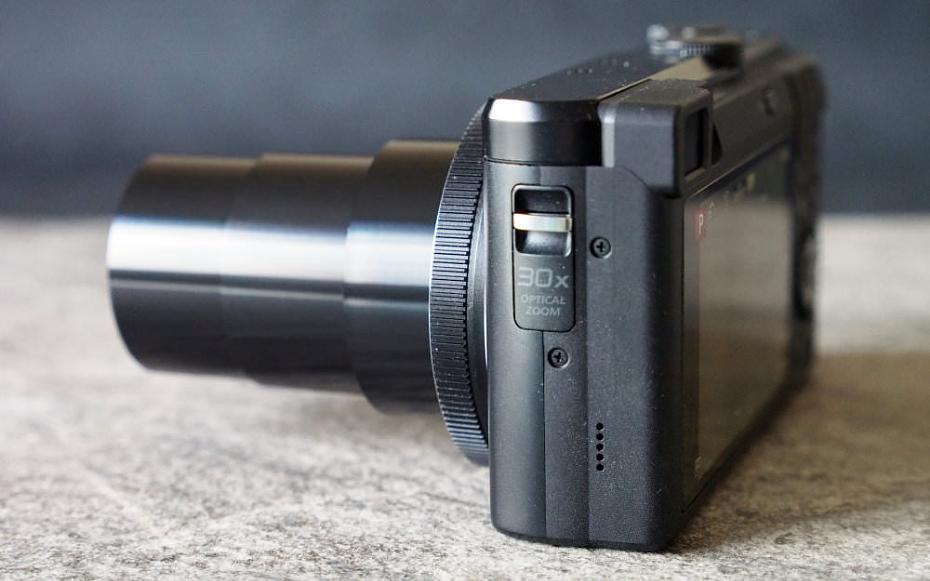
Key Features
- 18 megapixel, 1/2.3inch sensor
- 30x optical zoom lens, 24-720mm equivalent, optical image stabilisation
- 3inch Touch screen, 1040K dots
- Electronic ViewFinder (EVF), 1,160K dots
- 4K video recording, stereo mics
- ISO80 - ISO3200, extends to ISO6400
- DFD technology for quicker AF
- Wi-Fi connectivity
- Available in black or silver and black
- 112.7x64.0x38.0mm
- 282g with battery
- 320 shot battery life
Panasonic Lumix TZ80 (ZS60) Handling
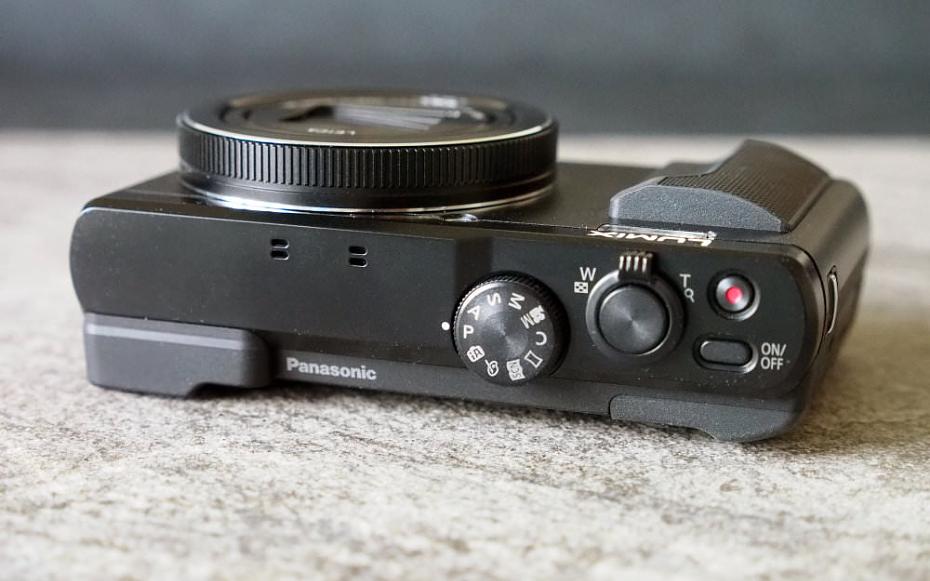
On first glance, there is very little difference between the TZ70 and TZ80, with an updated grip at the front and back, and a few of the buttons have changed. The camera has a solid feeling plastic and metal body, and the camera design gives it a more premium feel, with a solid build quality.
Some buttons have been changed to give you access to 4K shooting, including the "4K" (Fn1) button nearest to the thumb grip giving direct access to the 4K photo modes. Shooting 4K photos with the TZ80 uses an electronic shutter to shoot at 30fps. The other new button is labelled "Fn2" and gives direct access to the post focus feature of the camera. These Fn / Function buttons can be customised as well, with another 2 physical Fn buttons available on the back of the camera. With the touch-screen you can setup another 5 function buttons, giving a total of 9 customisable function buttons.
The electronic viewfinder (EVF) is quite small, but fairly clear, with a decent resolution. When using the EVF you can use the touch-screen to move the focus position, although if you are using your left eye you need to be careful that your nose doesn't touch the screen and change the focus position. You can switch this feature off if you want.
Screen quality is excellent with a gapless design, with good colour and a clear display. It's also possible to view the screen outdoors in bright sunlight. You can use the touch-screen to set the focus point, right into the very corners of the frame. Face / eye detection is particularly useful when taking photos of people, with the camera correctly focusing on the subjects eyes.
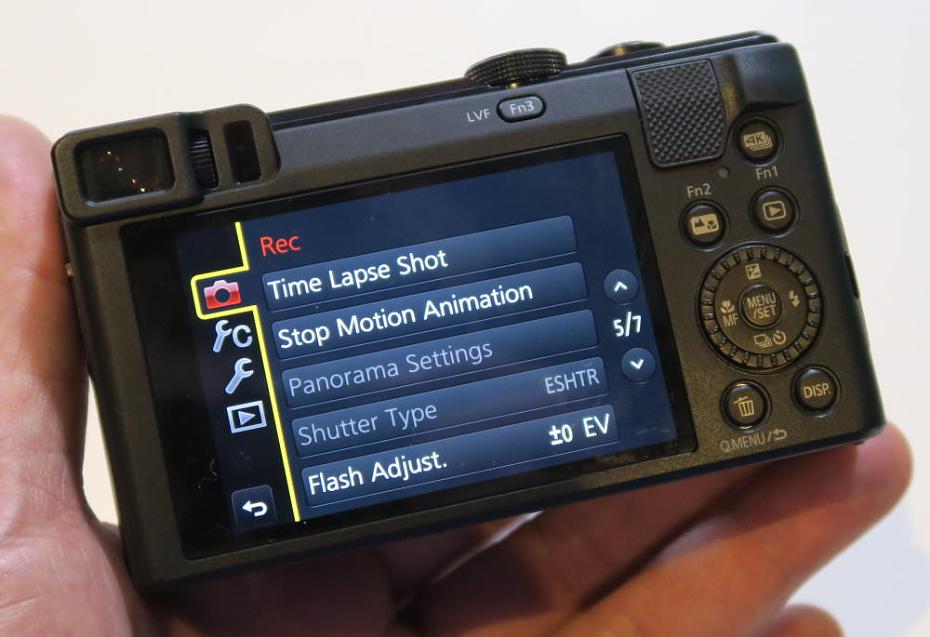
The Panasonic Lumix menus are clear and well laid out with built in help to make it easier to understand what the options are for without having to look at the manual. You can also browse the menus with the touch screen and the camera is very responsive and quick when you use the touch-screen.
Using Wi-Fi you can connect your smartphone to the camera, and with the Panasonic Image App which is available for Android and iOS, you can remotely control and shoot with the camera, transfer images, add geotag GPS location data to shots, record a snap movie as well as create a photo collage. When shooting using the app, you can use the touch-screen of your smartphone to set the focus point, and you can change a wide number of options and settings without having to reach for the camera.
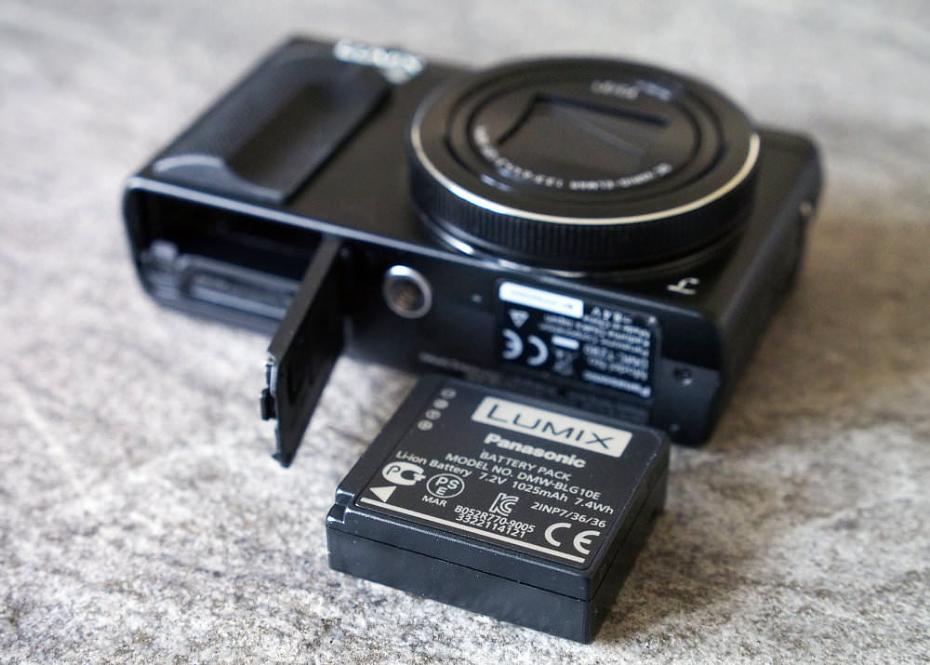
Battery life - Battery life is rated at 320 shots according to Panasonic / CIPA test results, which is a slight improvement over the TZ70, and the camera now features a larger battery. Charging is via the MicroUSB socket, so finding somewhere to charge the camera shouldn't be very difficult, and Panasonic are to be commended for switching to this from the proprietary cable on previous versions.
Panasonic Lumix TZ80 (ZS60) Performance
The performance section is where we look at the image quality performance of the camera. Additional sample photos and product shots are available in the Equipment Database, where you can add your own review, photos and product ratings.
Speed - We took a number of shots to test the camera's responsiveness, from switch on to first photo, shot to shot, focusing speed etc. We take a number of shots and then use the average to ensure accurate and consistent tests, making it easy to compare with other cameras.
| Shutter Response | <0.05secs |
| Wide - Focus / Shutter Response | 0.125secs |
| Full zoom - Focus / Shutter Response | 0.175secs |
| Switch on Time to Taking a Photo | 1.4secs |
| Shot to Shot without Flash | 0.4secs |
| Shot to Shot with Flash | 1.0secs |
| Continuous Shooting - JPEG (shots before slow down) |
9fps (98 shots) |
| Continuous Shooting - Flash | N/A |
| Continuous Shooting - RAW | 9fps (14 shots) |
Focus is quick at both ends of the lens range, and you can take a good number of shots before the camera stops shooting in high speed continuous drive mode.
Panasonic Lumix DMC-TZ80 Sample Photos
Sample Photos - Portrait photos taken with flash don't show any signs of red-eye, although this might change if your subject is prone to red-eye. Colour is very good, with bright saturated images that look good straight from the camera. The camera also shoots raw so that you have the option to process images yourself, although for the most part we found this wasn't necessary. Exposure is reliable, and images showed good levels of contrast that should please most people.
Post Focus - You can select the frame you want in camera, and use the touch-screen to choose the focus point, saving the individual frame as a JPEG image. This feature works better on cameras with a larger sensor such as the Panasonic Lumix GX8 that has a shallower depth of field. 4K Photo - shoots at 30fps, you can then select the frame you want in camera later and save the individual frame as a JPEG image.
Panasonic Lumix DMC-TZ80 Lens test images
Lens Performance - Detail is good whether you're shooting wide-angle or telephoto shots, although images are softer towards the corners of the frame when shooting at the wide-angle end of the lens. There is minimal distortion visible in images, with the camera automatically correcting images in camera, with an option for diffraction compensation as well. Macro performance is very good with the camera letting you focus on subjects that are just 3cm away from the front of the lens. You can also use some optical zoom to get an even closer macro photo.
Panasonic Lumix DMC-TZ80 ISO test images
ISO Noise Performance - Noise performance is very good from ISO80 and up, with good levels of detail recorded by the camera. Detail drops at ISO800, but noise is still well controlled, and becomes more noticeable at ISO1600. ISO3200 shows a drop in colour saturation, and it's debateable as to whether images taken at ISO3200 would be usable or not, and we'd recommend avoiding this setting, and above, if possible. You can adjust the noise reduction options from -5 to +5 in 1 digit increments, however, we left the camera on default settings (0) for these shots.
The Panasonic Lumix TZ70 had greatly improved noise performance at ISO3200 thanks to the 12mp sensor, compared to the TZ60 with an 18mp sensor. The TZ80 with a new 18mp has better noise performance at ISO3200 compared to the 18mp TZ60, but the TZ70 gives slightly better noise performance and colour saturation at this high ISO setting.
Panasonic Lumix DMC-TZ80 White-balance test images
White Balance Performance - Auto White Balance (AWB) performs very well under Fluorescent lighting, and there are no fluorescent presets available on this camera. AWB performs very well under tungsten lighting, and for a warmer result, the tungsten preset can be used, to capture the mood of the scene for example.
Panasonic Lumix DMC-TZ80 Digital filters
Digital Filters - There are a large number of creative effects available, and we've included examples above. The camera features an automatic panoramic mode, where you simply press the shutter release button and pan the camera from one side to the other. Results are good, and well stitched together, with a high resolution image produced, which is an improvement over the TZ70.
Video - The TZ80 record 4K video at 25fps, with stereo sound and the camera also lets you use the optical zoom whilst recording. When recording FullHD video, the 5-axis optical image stabilisation does an excellent job of keeping the video stable and smooth. However, when recording 4K video, it seemed to find it more difficult to keep the video as stable when holding the camera and using optical zoom. For the best results a tripod is recommended, particularly if using a lot of optical zoom. There is also a zoom mic option, plus high speed shooting modes at 100fps (HD) and 200fps (VGA).
4K Live Cropping - This lets you record a cropped FullHD video from an area of the 4K frame. So for example you could use 30x optical zoom, then use this cropping feature to effectively double the zoom, or you can set the start position and end position and the camera would pan from one area to the finish point. You can adjust the size of the crop, and we've included examples here. You can also have a look at additional 4K videos recorded with the TZ80 on the ePHOTOzine YouTube Channel.
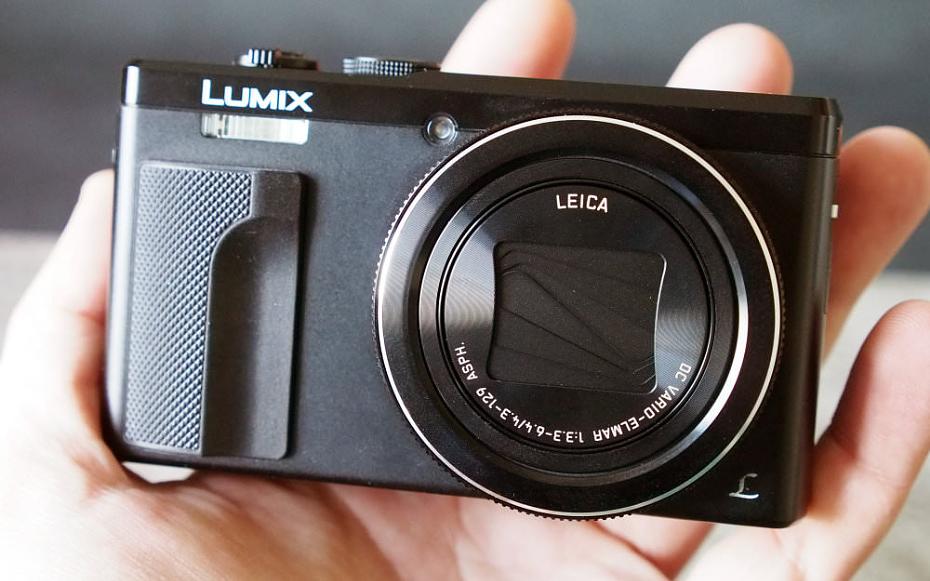
Value For Money
The Panasonic Lumix TZ80 is available for £359 (RRP), which makes it one of the more expensive travel zooms available, although it's one of the cheapest compact cameras with zoom available capable of recording 4K video (excluding action cameras).
Alternative pocket / travel zoom cameras:
Sony Cyber-shot HX90 (with EVF), 30x, £295
Canon Powershot SX710 HS, 30x, £199
Nikon Coolpix S9900, 30x, £223
You could also look at the previous versions of this camera, if you wanted to save some money
Panasonic Lumix TZ60, 30x optical zoom, 18mp, EVF, Wi-Fi, GPS, £220
Panasonic Lumix TZ70, 30x optical zoom, 12mp, EVF, Wi-Fi, £255
Alternative 4K capable cameras:
Panasonic Lumix FZ330 (£449), Sony Cyber-shot RX100 Mark IV (£749) or others can be found in the Top 11 Best 4K Cameras 2015.
Have a look at more travel zoom cameras in our Top 10 Best Travel Zoom Cameras 2015. You'll also need to buy a memory card and a case or bag to keep your camera safe and protected - have a look at our complete guide to camera bags.
Panasonic Lumix TZ80 (ZS60) Verdict
The Panasonic Lumix TZ80 brings 4K video and 4K photo shooting to the travel zoom market, at an excellent price point, meaning you get great "bang for buck" which should make this an excellent seller, particularly if the price drops over time, as is usually the case with digital cameras. If you've got a 4K TV or plan on getting one, then watching 4K video will make the most of the TZ80, although you can also benefit from 4K photo on your computer, or use 4K video for cropping and digital image stabilisation. Using the 4K photo modes is a good way to shoot at 30fps and select the moment you want, and the camera makes it quite easy to save individual frames.
The TZ80 is capable of taking great photos, with excellent colour and good levels of detail. The lens gives you a great zoom range, and the viewing and user experience is excellent thanks to a clear 3inch screen. There is a high resolution electronic viewfinder, however, due to the small size of this, you may find it uncomfortable to use, particularly if you wear glasses. If you think about the innovative 4K photo and video features, as well as the post focus shooting mode built into this camera, and the fact that you'd have to spend at least £100 more to get this in another camera (the FZ330), the Panasonic Lumix TZ80 is an extremely appealing camera, and should be high on your wish list.
Panasonic Lumix TZ80 (ZS60) Review - Verdict: The Panasonic Lumix TZ80 updates the popular travel zoom series with a number of new features including 4K video and photo as well as a clear touch screen.




